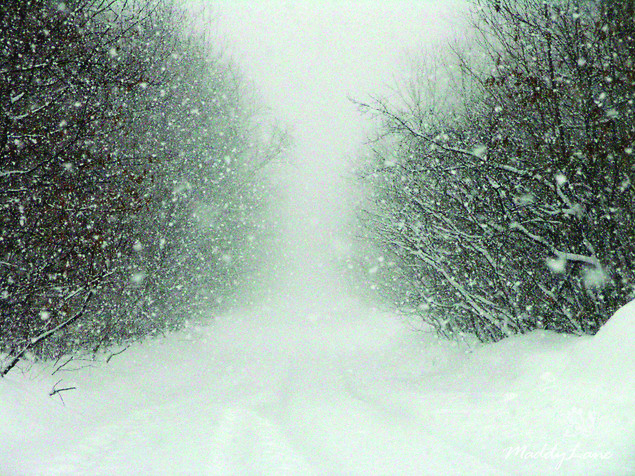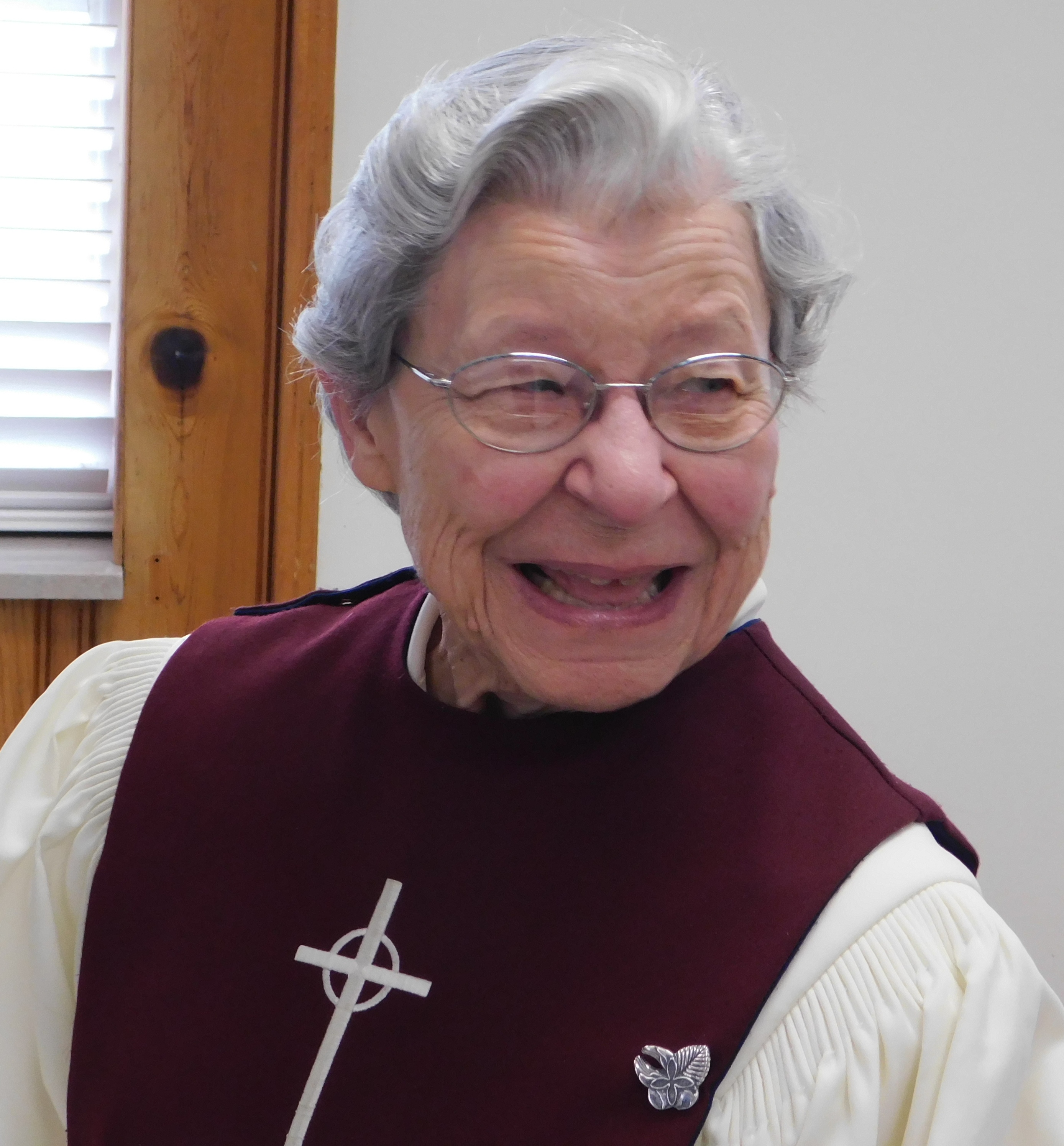Hospice Offers Comfort and Acknowledgement
Every day, it seems, comes news of another advancement in medicine. New surgical techniques, new treatments, and—even better—new understanding of preventive care. Many diseases that only decades ago were nearly always considered terminal are now treated, cured, or managed as chronic illnesses. Medicine has also become better at “extending life” for patients far beyond what was once possible.
We have become so good at beating disease and illness, so proficient at extending life, that somewhere along the way we stopped acknowledging that sooner or later there comes an end to life—at least to the lives in our physical bodies that we drag with us from work to workout to the buffet.
We still have a hard time talking about dying, maybe because we have a hard time admitting that it will happen.
We all have been part of this—from the good doctors who, by their nature, want to save patients, to the caring sons and daughters who need to know they did everything possible. As a result, the final days and hours of so many people are spent without the comforting acknowledgment and support of family and palliative caregivers.
It doesn’t have to be this way. And, thanks to hospice and advances in palliative care, things are changing every year. As with modern medicine, modern dying has advanced far in the last five decades.
It has been nearly 50 years since Dame Cicely Saunders visited the United States to speak to Yale nursing students about a new type of specialized care for the dying, called in-home hospice. Five years later Elizabeth Kubler-Ross’s international bestseller On Death and Dying made the unheard of case for terminal patients to have a say in their own destinies.
Then, 45 years ago this year the first U.S. hospice opened in Connecticut, founded by Florence Wald, the dean of the Yale School of Nursing who had invited Saunders to speak at the university in 1965.
Little more than a decade after that first hospice opened, Blue Ridge Hospice began serving people in the Shenandoah Valley and Blue Ridge. That’s light years ahead of most of the country.
Still, until recently, one of the biggest hurdles for hospice to overcome was acceptance from the medical establishment—docs hung on to the idea that medicine was about living, not about dying.
Happily for all of us, as caring friends and family members as well as people whose time will one day come, hospice—both in-home and in-hospice care centers—has now become firmly established in practice even if not yet in everyone’s understanding.
To help with that understanding, we’re pleased to provide a profile of Blue Ridge Hospice in this Observer.













